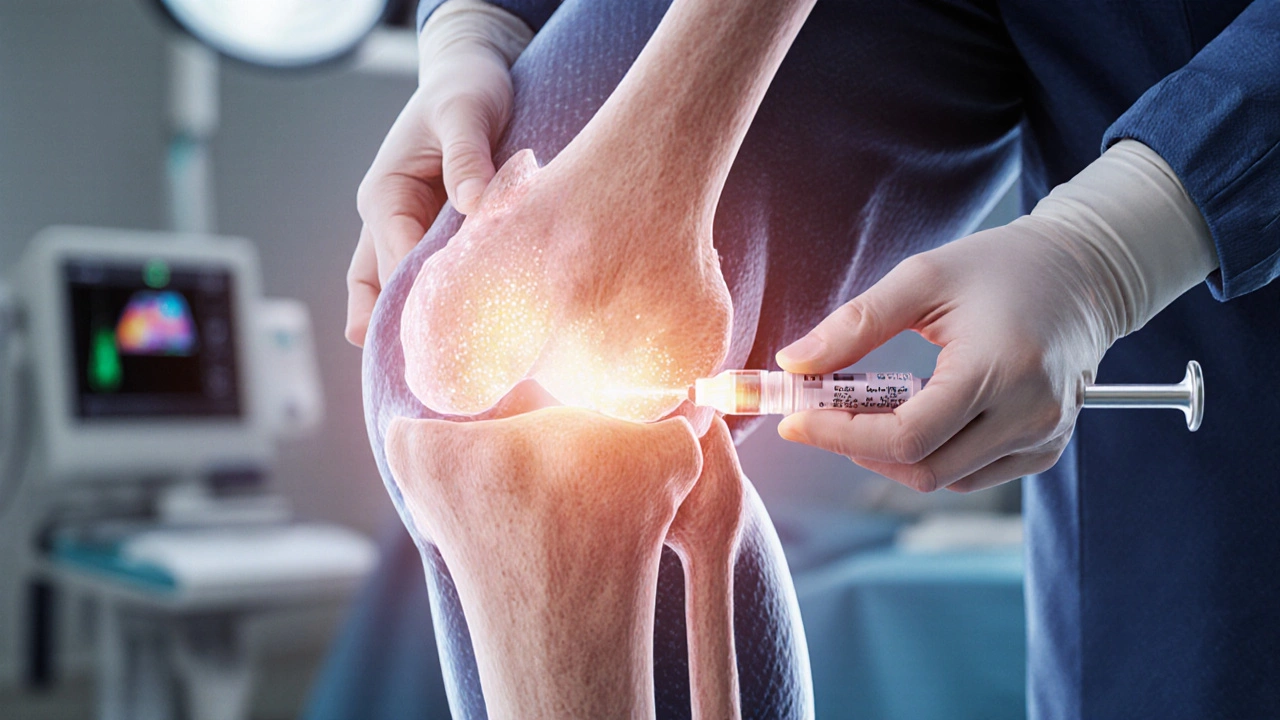Stem Cell Knee Treatment: What It Is, Who It Works For, and What You Need to Know
When you hear stem cell knee treatment, a regenerative therapy that uses the body’s own cells to repair damaged knee tissue. Also known as orthobiologics, it’s not magic—it’s science trying to catch up to how the body heals itself. Unlike knee replacement, which swaps out the joint, this approach tries to fix what’s broken. It’s gaining traction in India as more people look for alternatives to surgery, especially when pain is mild to moderate and the cartilage hasn’t completely worn away.
This treatment usually pulls cells from your own fat or bone marrow, then injects them into the knee. The idea? Those cells signal nearby tissues to repair, reduce inflammation, and maybe even grow new cartilage. It’s not a cure-all, but for someone with early osteoarthritis, it can mean fewer painkillers, less stiffness, and more walking without fear. Regenerative medicine, a field focused on restoring or replacing damaged tissues and organs is behind this—and it’s changing how we think about joint problems. But it’s not the same as a steroid shot. This isn’t about masking pain. It’s about trying to rebuild.
Not everyone is a good candidate. If your knee is bone-on-bone, or if you’re overweight, diabetic, or have a serious autoimmune condition, stem cells might not help much. And yes, it’s expensive—often not covered by insurance in India. But for people who’ve tried physical therapy, braces, and pain meds without relief, it’s worth looking into. The real question isn’t whether it works—it’s whether it works for you. Some studies show pain relief lasting over a year. Others show little difference from placebo. The truth? Results vary. That’s why knowing your own knee health matters more than any marketing claim.
What you’ll find in the articles below aren’t ads or hype. They’re real, grounded looks at what this treatment actually does, who benefits, what the risks are, and how it compares to other options like PRP injections or surgery. You’ll see how it fits into the bigger picture of knee care in India—where access, cost, and doctor experience can make all the difference. No fluff. No promises. Just what the evidence shows, so you can decide if it’s right for your knee—or if there’s a better path ahead.

What Is the Newest Alternative to Knee Replacement?
Discover the newest non-surgical alternatives to knee replacement in 2025, including stem cell therapy, PRP, and cartilage repair techniques that help heal instead of replace damaged knees.

Best Natural Herb for Your Health: A Deep Dive
Feb, 26 2025

How Soon Can You Do IVF After Having a Baby?
Mar, 20 2025

Safest Diabetic Medications: What's Best for You?
Apr, 14 2025

